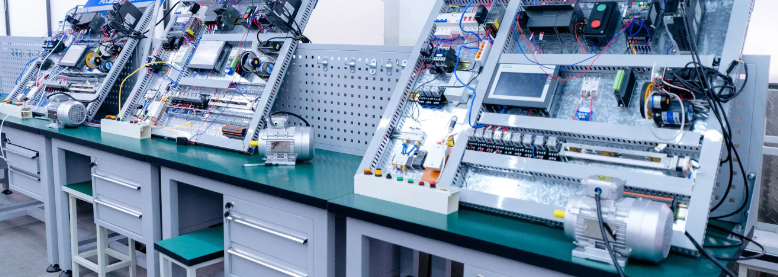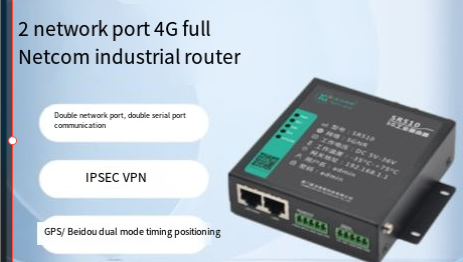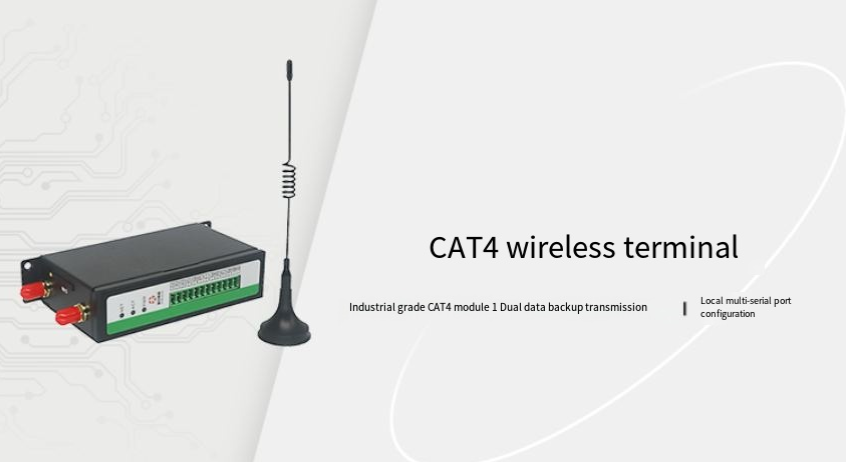Expanding Serial Ports on PLCs: Methods and Considerations

When it comes to increasing the number of available serial ports on a PLC (Programmable Logic Controller), there are several methods to consider. These approaches aim to expand communication capabilities to interface with more devices. Let’s explore some common expansion techniques:
Using Serial Port Expanders
How it works: Serial port expanders are hardware solutions that connect to an existing serial port on the PLC to provide additional ports.
Key features: These expanders typically have their own power supply and control chips, ensuring stable signal transmission and control.
Best for: Scenarios requiring a small number of additional serial interfaces.
USB to Serial Adapters
How it works: These adapters convert USB connections to serial ports, effectively adding serial capabilities through USB interfaces.
Key features: Compact and highly compatible, ideal for connecting to computers or mobile devices.
Best for: Adding serial connectivity to devices with USB ports without modifying existing hardware.
Network Serial Servers
How it works: These devices transmit serial signals over network connections, enabling remote access and control.
Key features: Excellent compatibility and scalability, suitable for large-scale serial port expansion needs.
Best for: Applications requiring remote access to serial devices over networks.
Serial Chip Expansion
How it works: This method involves adding one or more serial chips directly to the PLC’s motherboard.
Key features: Good compatibility and stability, supporting various serial protocols.
Best for: Situations where direct hardware-level expansion of serial ports is necessary.
Expansion Boards
How it works: These are external devices that plug into expansion slots or interfaces on the PLC.
Key features: Can add multiple serial ports simultaneously and may offer additional functionalities like parallel ports or network interfaces.
Best for: Applications requiring multiple additional serial ports along with other expanded capabilities.
Each of these methods has its own advantages and is suited to different scenarios. When choosing an expansion method, consider factors such as the number of additional ports needed, compatibility with existing systems, distance requirements, and the specific communication protocols you’ll be using. By carefully evaluating your needs, you can select the most appropriate solution to enhance your PLC’s communication capabilities.
 KEY-IOT
KEY-IOT



